Jan 29, 2017
The Data That Turned the World Upside Down
Posted by Mark Larkento in category: information science
Influencing elections? Perturbed, Kosinski clicked through the pages. What kind of company was this? And what were these people planning?
Psychologist Michal Kosinski developed a method to analyze people in minute detail based on their Facebook activity. Did a similar tool help propel Donald Trump to victory? Two reporters from Zurich-based Das Magazin (where an earlier version of this story appeared in December in German) went data-gathering.
On November 9 at around 8.30 AM., Michal Kosinski woke up in the Hotel Sunnehus in Zurich. The 34-year-old researcher had come to give a lecture at the Swiss Federal Institute of Technology (ETH) about the dangers of Big Data and the digital revolution. Kosinski gives regular lectures on this topic all over the world. He is a leading expert in psychometrics, a data-driven sub-branch of psychology. When he turned on the TV that morning, he saw that the bombshell had exploded: contrary to forecasts by all leading statisticians, Donald J. Trump had been elected president of the United States.
Continue reading “The Data That Turned the World Upside Down” »



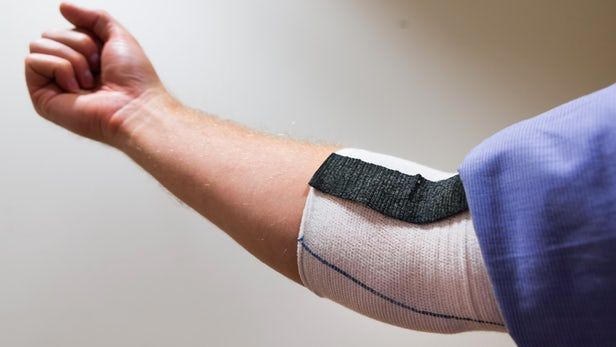
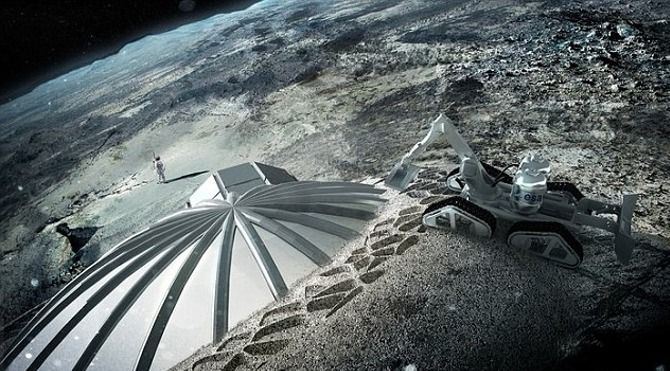
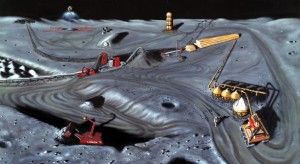

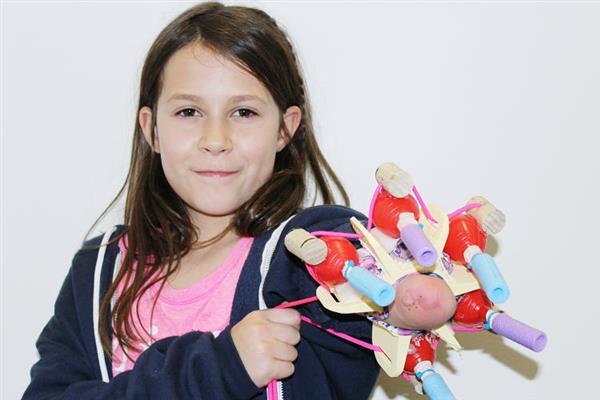
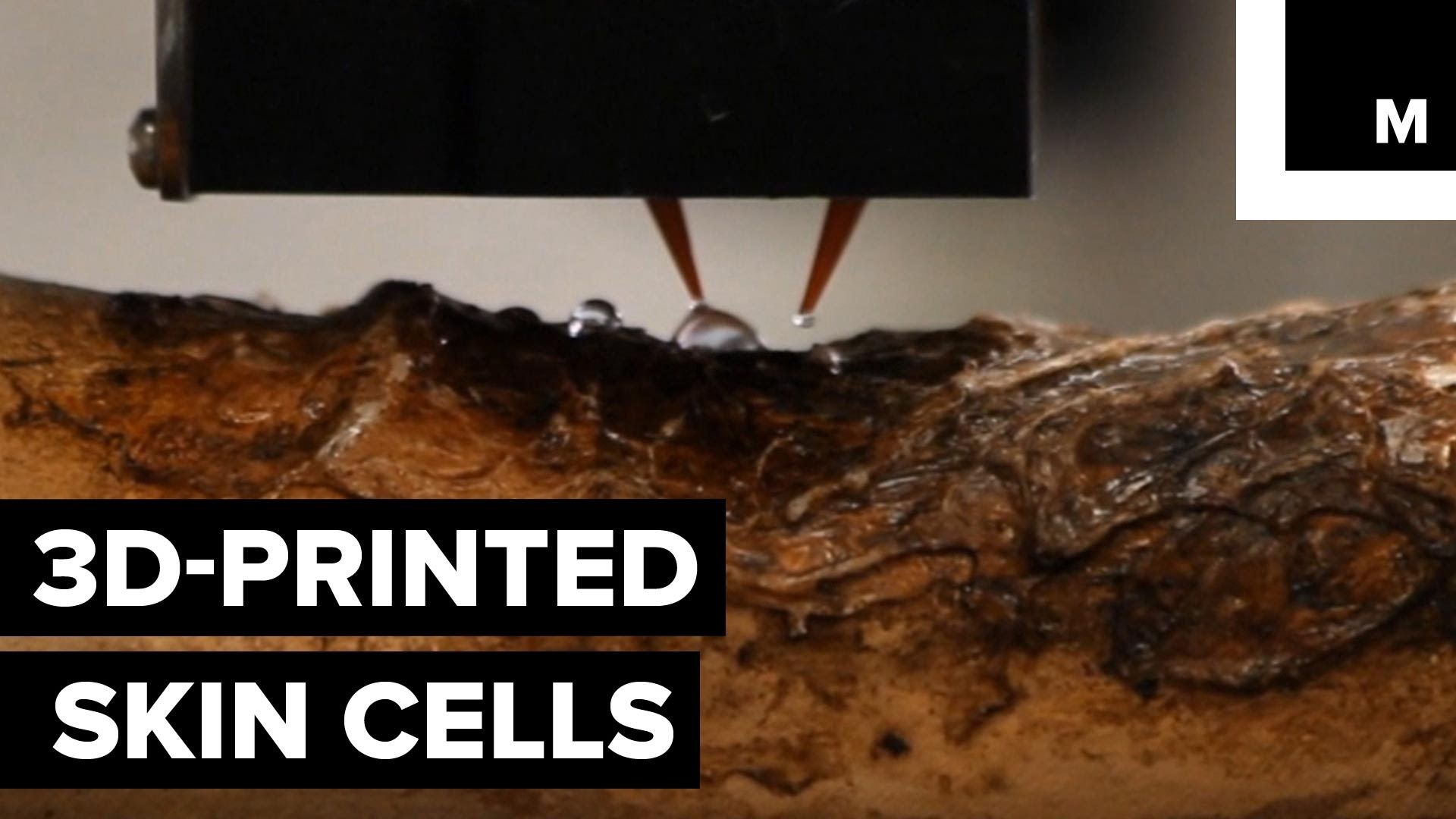
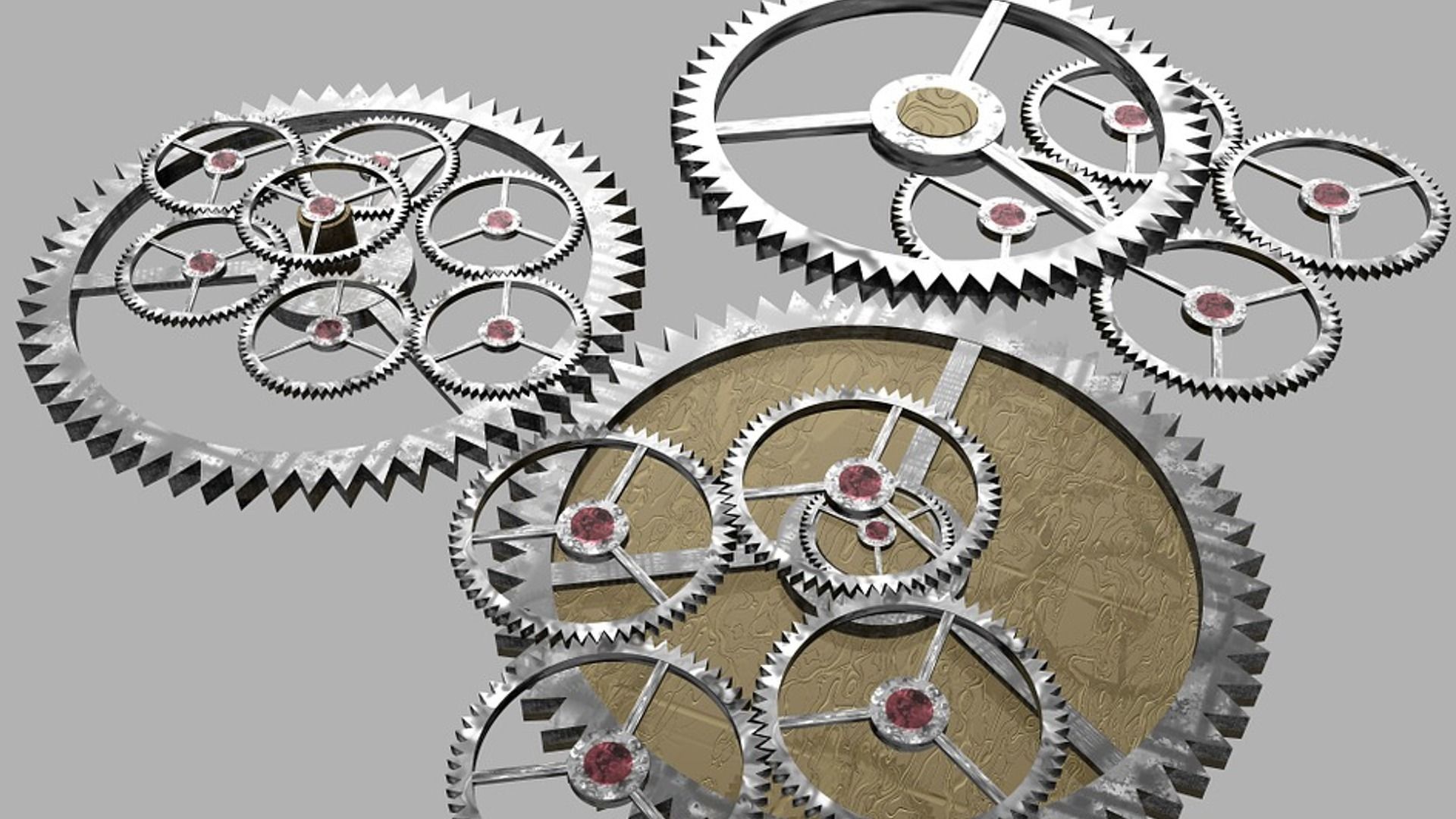

 עברית (Hebrew)
עברית (Hebrew)







